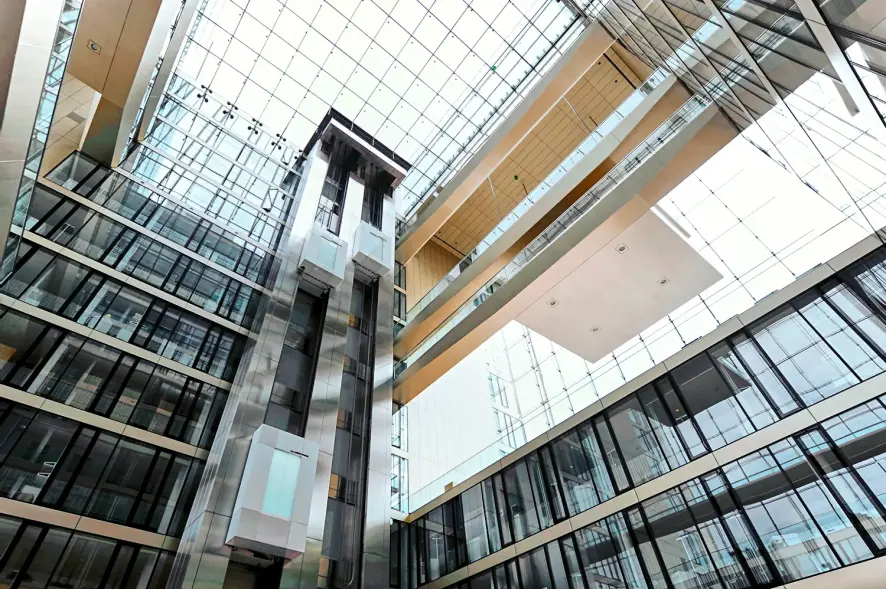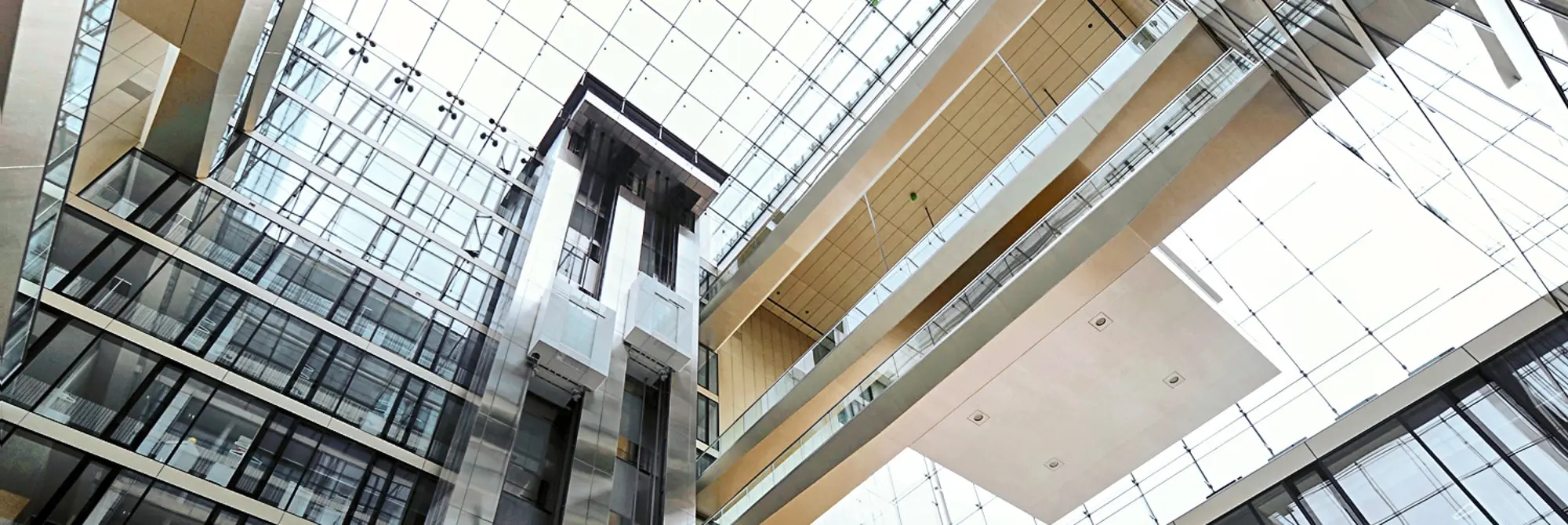Have you ever wondered what the safest form of transportation is? You might think that it’s a plane, train or perhaps even riding a bike. The truth is that one of the most unlikely contenders - elevators - are by far the safest means of transportation over all else. This method of transportation was first designed by the ancient Greeks and dates back to as early as 300 B.C.
As time carried on, the elevator continued to evolve through the ages to become a revolutionary means of transit. Every single day, the combined total of elevators in the world will take 325 million trips – and after three days, this will result in them carrying the earth’s population. Since time is valuable, today’s elevators move upwards of 40 feet per second so that a passenger can get to their destination as quickly as possible. Many elevators can even reach 1,000 feet per minute, making it surprisingly simple to travel securely to previously unthinkable heights.
It seems unfathomable to think of a time that a penthouse suite was considered undesirable, but not long ago, this was typical. The rooms or offices on higher floors were considered less appealing. That is just one of the ways in which the elevator has shaped society. The safest means of transportation is fascinating, and knowledge of the elevator’s ins and outs is easier than ever to understand.
Whether it’s a traction elevator pulled by ropes or a power elevator like the hydraulic elevator has piqued your interest; both have components in common. Each modern elevator will have a Cab, Controller, Hoistway, Governor, Machine Room, Door Type, Fixture Module, and Entrance Module – just to name a few of these elements. There’s more than meets the eye when it comes to this successful means of vertical transportation. This is the reason it’s so crucial these machines are well understood, so they can be taken care of properly.
Regular maintenance and consistent monitoring of elevators is crucial for their safe and efficient operations. The way to keep an elevator functioning its absolute best is to ensure that it is being checked routinely, and carefully serviced by elevator technicians. Another way to have peace of mind about an elevator being in peak condition is to look into modernization.
As the world moves comfortably into the modern age and continues to look for state-of-the-art technology to improve the safety of passengers even further, the demand for modernization will increase tenfold. Upgrading and replacing older elements of elevators has steadily become the norm, and it’s smart to consider the positive results of this change. Accessibility and the well-being of all passengers are prioritized while reaching new heights in the elevator industry. History has proven that the evolution of elevators cannot be slowed, and that we can look forward to a future of elevator innovation.

 United States
United States


